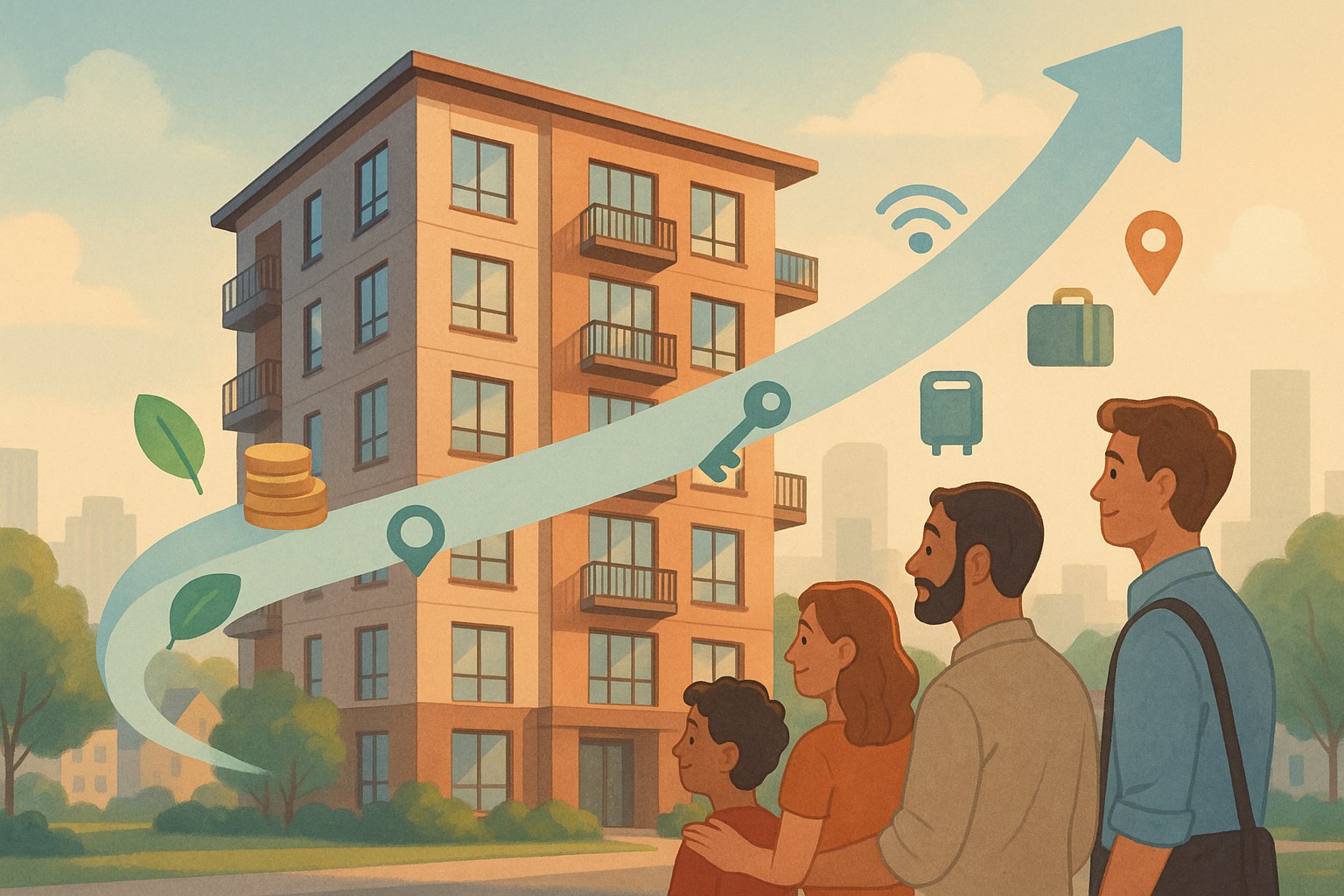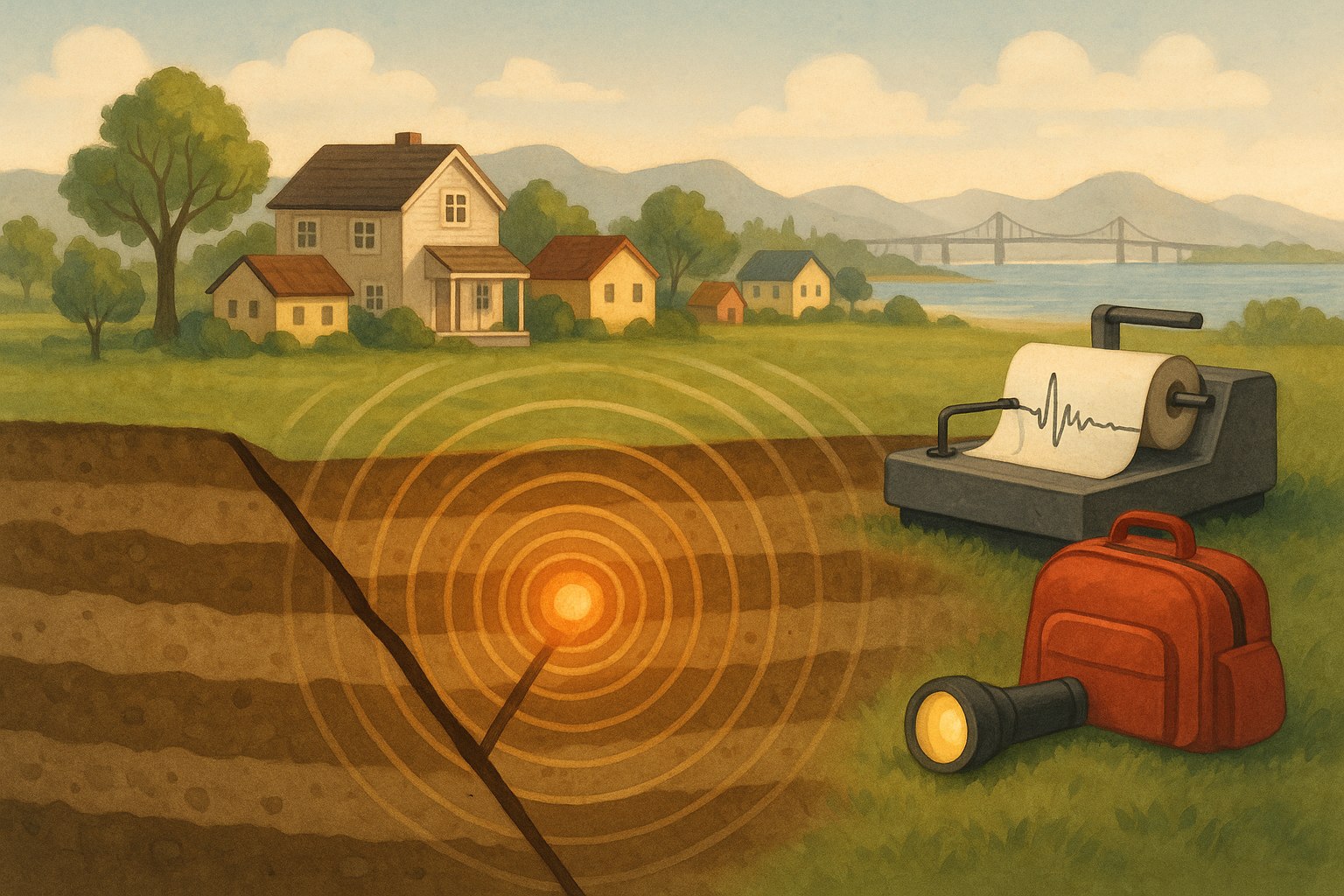How to automate landlord responsibilities
 When I became an accidental landlord in 2011, all I knew for sure was that I needed a tenant, and fast.
When I became an accidental landlord in 2011, all I knew for sure was that I needed a tenant, and fast.
Over the years, I have learned how to manage my properties through systems and processes that practically automate all landlord responsibilities. Since then, I like to say “life’s a beach” . . . or at least that’s true for my life as an independent landlord. Today, I’ll share my landlord automation secrets.
Step 1: Finding a tenant
The first thing I do with my rentals is to take great pictures that showcase the properties and surrounding towns. I write ads that help prospective tenants see themselves in that environment.
Related: How to Write an Attractive Property Listing in 8 Steps
From there, I create a Google Drive folder and put photos and ad descriptions in it as well as a Google calendar for showings.
This is where the automation comes in.
- Post your ad through syndication sites like Apartments.com and Cozy’s Property Listing portal.
- Use an app like Calendly to automate scheduling showings, which populates on your Google Calendar.
- If you want, you can even automate showings by using smart technology like Rently that allows prospects to schedule the showing from their smartphone and open the door for them. I wouldn’t recommend doing this one though if there are current tenants. Also, there is no replacement for meeting a prospective tenant in person.
- The rental application can be done online for free with Cozy’s rental application. The application includes a background and credit check, which is always recommended.
Step 2: Set up lease and rent collection
Creating a lease and rent collection system is the most important step. If your lease isn’t legal or your payments aren’t automated, that is potential money out of your pocket.
Have an attorney create your first lease, ensuring that it is compliant with your local area. This lease can be customized for all other tenants. So, it is a one-time cost that will save you big money throughout the life of your rental.
- Use DocuSign to have the tenant sign the lease and store on Google Drive or your Cozy portal, providing access to your new tenant.
- Set-up automatic rent collection with Cozy’s rental payment portal. It’s free for both the landlord and tenant as long as they pay with an ACH. A bonus: Cozy automates late payments.
Related: The landlord’s guide to rent collection
Step 3: Move-in checklist
Think of a new tenant moving in like a new employee starting a job. There is an onboarding process.
- Start with a move-in inspection with the tenant. Have the tenant sign it. This will be gold when the lease is up if there are any issues. You’ll have proof the tenant agreed the unit met their expectations. On the other side, if an issue needs to be resolved, the tenant can fill out a maintenance request, and the entire process is tracked.
- You can track any tenant onboarding and maintenance expenses for tax purposes and write them off during tax season using the landlord portal.
- Build a small team of contractors that you can rely on. You will need a handyman and a cleaning crew for maintenance and turnover needs. Having this team in place from the beginning saves you time throughout the lifetime of the rental.
Related: The perfect tenant move-in package
By taking a small amount of time upfront to set up systems, processes, and automation, being a landlord becomes much easier. While landlords jest that owning rentals are anything but passive income, it can be much more passive with a plan in place.








